Muzzle devices play a pivotal role in the world of firearms, revolutionizing the way shooters approach accuracy and recoil management. These indispensable attachments are designed to not only enhance the overall performance of firearms but also provide shooters with greater control over their shots. Understanding how muzzle devices fit into the broader context of the AR-15 parts breakdown is essential for anyone looking to optimize their firearm’s performance.
Understanding Muzzle Devices:
Understanding muzzle devices is essential for anyone involved in the world of firearms. These devices, also known as muzzle attachments or muzzle accessories, are designed to modify the behavior of gases expelled from the firearm’s barrel during the shooting process. Since the barrel is a key component of the upper receivers, knowing more about what an upper receiver is can provide valuable context for how these devices function. By redirecting and controlling these gases, muzzle devices serve a variety of functions, including recoil reduction, muzzle rise mitigation, flash suppression, and improved accuracy.
Each type of muzzle device has its unique characteristics and advantages, making it crucial for shooters to grasp the differences and choose the most suitable option for their specific needs. With the right muzzle device, shooters can significantly enhance their firearm’s performance, achieve better recoil control, and enjoy a more accurate and enjoyable shooting experience overall.
Types of Muzzle Devices:
There is a diverse range of muzzle devices available in the world of firearms, each designed to serve specific purposes and improve shooting performance. The three primary types of muzzle devices are muzzle brakes, compensators, and flash hiders.
Muzzle Brakes: Muzzle brakes are engineered to reduce recoil by redirecting the gases produced during firing. These devices have specially designed ports or baffles that direct the gas in such a way as to counteract the rearward force generated by the bullet’s propulsion. As a result, muzzle rise and felt recoil are significantly reduced, allowing shooters to maintain better control over their firearms and achieve faster follow-up shots. Muzzle brakes are particularly popular among competitive shooters, precision rifle enthusiasts, and individuals who use high-recoil firearms for hunting or target shooting.
Compensators: Unlike muzzle brakes, compensators are primarily designed to mitigate muzzle rise. When a shot is fired, the barrel tends to rise due to the recoil forces. Compensators redirect the gases in a manner that counteracts this upward movement, helping shooters maintain better target acquisition and reducing the time between shots. They are often favored by action shooters, rapid-fire competitors, and tactical shooters who require quick and accurate follow-up shots.
Flash Hiders: Flash hiders are intended to suppress the visible muzzle flash produced when firing a firearm. They work by dispersing and cooling the hot gases as they exit the muzzle, thereby reducing the signature bright flash. Flash hiders are commonly used by military and law enforcement personnel, as well as hunters who operate in low-light conditions. By concealing the muzzle flash, flash hiders help maintain shooter concealment and reduce the risk of visual detection during critical situations. Learn more about the flash hider component in our detailed guide.
While these are the primary types of muzzle devices, there are also hybrid designs that combine features from multiple categories, offering shooters a versatile solution to suit their specific needs. Understanding the differences between these muzzle devices empowers shooters to make informed decisions, ensuring they can optimize their firearm’s performance and achieve superior control over recoil and muzzle behavior.
Reducing Recoil with Muzzle Brakes:
Reducing recoil with muzzle brakes is a game-changer for shooters seeking improved control and enhanced shooting performance. Muzzle brakes are designed to effectively counteract the backward force generated by firing a firearm by redirecting the gases expelled from the muzzle. When a shot is fired, the rapidly expanding gas pushes against the baffles or ports of the muzzle brake, causing a reverse force that helps to mitigate the rearward recoil.
As a result, shooters experience less muzzle rise and reduced felt recoil, allowing them to maintain better stability and sight alignment between shots. This reduction in recoil not only enhances shooting comfort but also enables quicker follow-up shots and improved accuracy, making muzzle brakes a popular choice among competitive shooters, precision marksmen, and hunters alike.
However, it’s essential for shooters to consider the potential increase in noise and blast experienced when using muzzle brakes, especially in confined shooting environments, and to always prioritize safety and proper shooting etiquette when utilizing these effective recoil-reducing devices.
Mastering Muzzle Rise with Compensators:
Compensators, often confused with muzzle brakes, serve a different purpose – mitigating muzzle rise. Mastering muzzle rise with compensators is a crucial skill for shooters seeking to excel in fast-paced and dynamic shooting scenarios. When firing a firearm, the recoil generated causes the muzzle to rise, disrupting sight alignment and potentially slowing down follow-up shots. Compensators are expertly designed to counteract this upward movement by redirecting the escaping gases in a way that effectively pushes the muzzle down, helping to maintain a stable shooting platform.
By minimizing muzzle rise, shooters can significantly reduce the time it takes to reacquire their target and deliver subsequent shots accurately and rapidly. This makes compensators particularly valuable in competitive shooting sports, tactical shooting situations, and any context where quick and precise follow-up shots are critical.
However, mastering the use of compensators also requires practice and adaptation, as the specific characteristics of each compensator may vary depending on the firearm, ammunition, and shooting style. With the right technique and familiarity with their compensator’s behavior, shooters can gain the upper hand in controlling muzzle rise and elevate their shooting performance to new heights.
Concealment and Tactical Advantages of Flash Hiders:
Flash hiders offer significant concealment and tactical advantages in various shooting scenarios, particularly in low-light environments or during covert operations. When firing a firearm, the rapidly expanding gases and burning propellant can create a bright and visible muzzle flash, which can compromise the shooter’s position and reveal their location.
Flash hiders are ingeniously designed to dissipate and disperse these hot gases, effectively reducing the size and intensity of the muzzle flash. By minimizing the flash signature, flash hiders help shooters maintain a lower visual profile, making it harder for adversaries or targets to identify their position accurately. This enhanced concealment is especially critical for military and law enforcement personnel operating in nighttime engagements or other situations where avoiding detection is paramount.
Additionally, flash hiders contribute to maintaining shooter confidence and situational awareness, allowing them to maintain the element of surprise and effectively carry out tactical maneuvers.
In summary, flash hiders provide an essential tool for enhancing stealth and minimizing the risk of visual detection, making them indispensable for professionals in tactical environments where every advantage counts.
The Hybrid Approach:
Hybrid muzzle devices have emerged as an innovative and versatile solution, combining the features of multiple types of muzzle attachments into a single design. These devices seek to offer shooters a well-rounded solution that addresses various needs and shooting preferences.
For instance, a hybrid muzzle device might incorporate elements of both a muzzle brake and a compensator, providing shooters with not only recoil reduction but also effective muzzle rise mitigation for faster follow-up shots. Some hybrids may include flash-hiding capabilities, making them suitable for tactical use as well.
The beauty of hybrid muzzle devices lies in their adaptability to different shooting applications and firearms. Shooters can enjoy the benefits of multiple functionalities in one attachment, reducing the need to switch between different muzzle devices for different scenarios. While there might be some trade-offs in certain aspects compared to dedicated devices, the convenience and versatility of hybrid muzzle devices make them an appealing option for those seeking a balanced and multi-purpose solution for their firearm needs.
Factors to Consider When Choosing a Muzzle Device:
When selecting a muzzle device for a firearm, several crucial factors should be carefully considered to ensure optimal performance and functionality. First and foremost, understanding the primary purpose of the muzzle device is essential. Whether it’s reducing recoil, mitigating muzzle rise, suppressing muzzle flash, or a combination of these functions, matching the device’s capabilities with specific shooting needs is crucial. Another vital factor is compatibility with the firearm’s barrel threading and caliber. Ensuring that the muzzle device is correctly threaded and designed for the caliber of the firearm is vital to achieving a proper fit and function.
The shooting context and intended use should also be taken into account. Different shooting disciplines, such as competitive shooting, tactical applications, or hunting, may have varying requirements for muzzle devices. For instance, flash hiders may be more relevant in tactical situations, while muzzle brakes or compensators might be favored for competitive shooting or precision marksmanship. Noise and blast considerations are also important, as some muzzle devices can increase the firearm’s noise and blast signature, potentially impacting shooting comfort and nearby shooters.
Finally, shooters should research and consider reviews and feedback from other users to gauge the performance and reliability of the muzzle device. Quality construction, durability, and ease of maintenance are crucial aspects to assess when making a decision.
Ultimately, the ideal muzzle device will strike a balance between addressing specific shooting needs, ensuring compatibility with the firearm, and providing reliable and consistent performance, enhancing the overall shooting experience and maximizing the firearm’s potential.
Installation and Maintenance:
Proper installation and maintenance of a muzzle device are vital to ensure its effectiveness and longevity. Before installation, it is crucial to verify that the muzzle device is compatible with the firearm’s barrel threading and caliber. If uncertain, seeking professional assistance from a gunsmith is advisable. During installation, the device should be threaded onto the barrel carefully, avoiding cross-threading, which can cause damage. The muzzle device should be tightened securely but not excessively, using the appropriate tools to achieve the recommended torque specifications.
Regular maintenance is essential to keep the muzzle device in optimal condition. Cleaning the device regularly helps prevent carbon buildup, which can affect its performance over time. Use a bore brush and solvent to remove residue from the device’s ports, slots, or baffles. If the muzzle device has a flash hider component, ensure that the vents remain unobstructed, as this could impact the effectiveness of flash suppression. Periodically inspect the device for signs of wear or damage, and if any issues are detected, consult a gunsmith for inspection and potential replacement.
Additionally, ensure that the muzzle device complies with local laws and regulations. Some regions have restrictions on specific muzzle devices, and it is essential to adhere to these guidelines to avoid legal complications. By following proper installation procedures and conducting routine maintenance, shooters can optimize the performance of their muzzle devices and enjoy a more enjoyable and reliable shooting experience.
Conclusion:
Muzzle devices have revolutionized the way shooters approach firearm performance and recoil control. Whether you’re a competitive shooter seeking faster follow-up shots or a hunter looking to improve accuracy, understanding the various types of muzzle devices and their benefits is essential. By choosing the right muzzle device and understanding its place among AR-15 parts, shooters can unlock their firearm’s full potential and take their shooting experience to new heights.
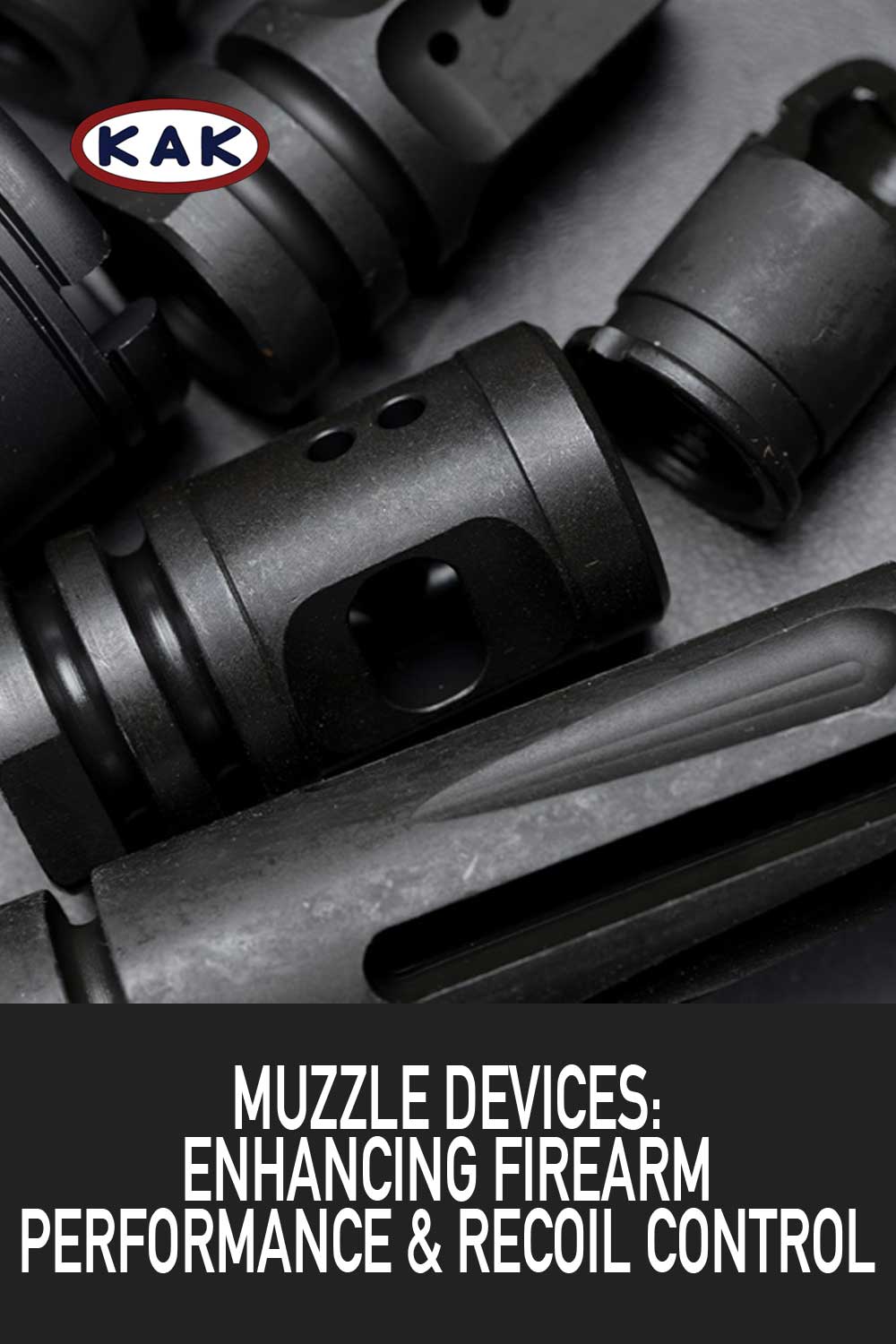

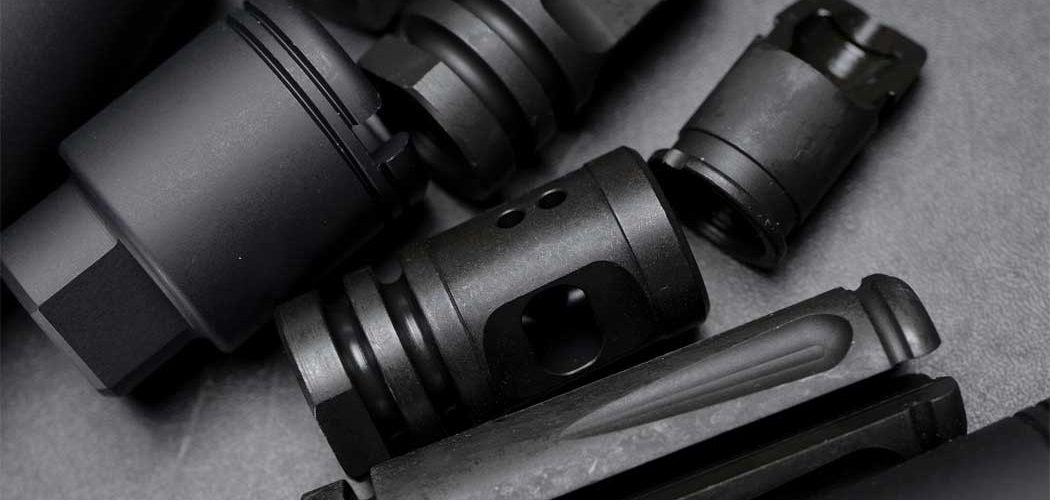
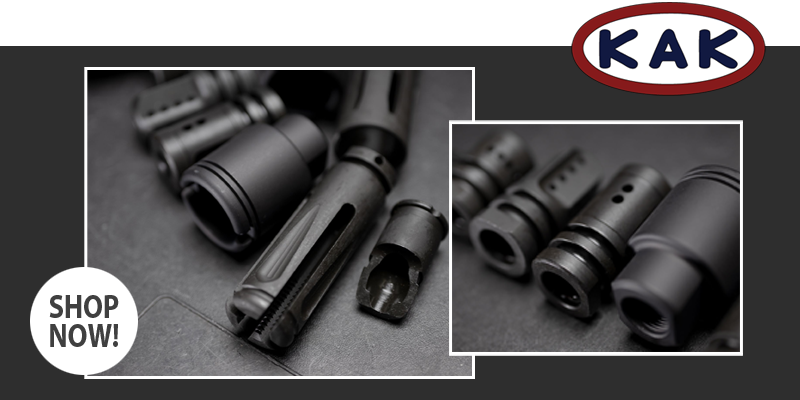
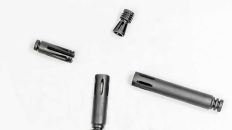
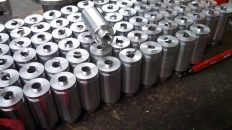
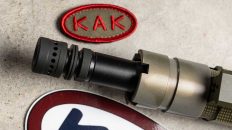
Add comment